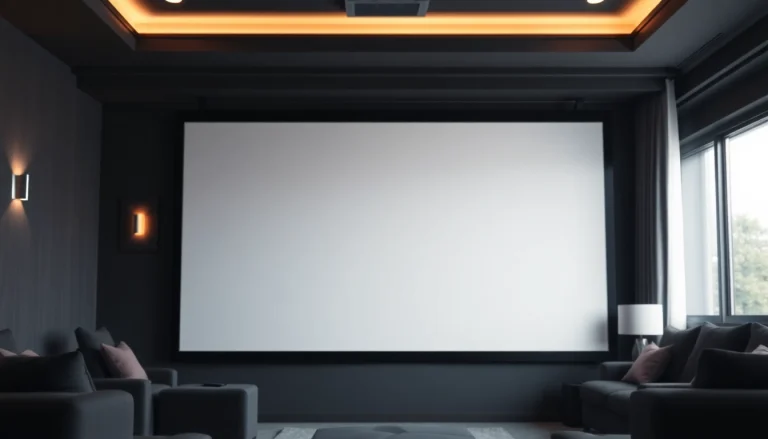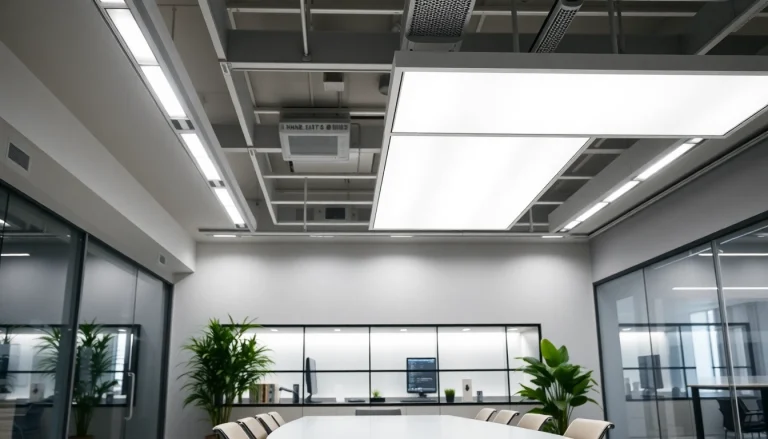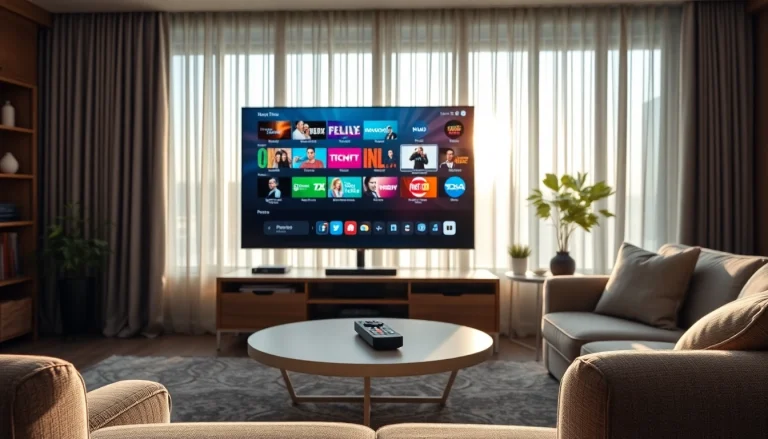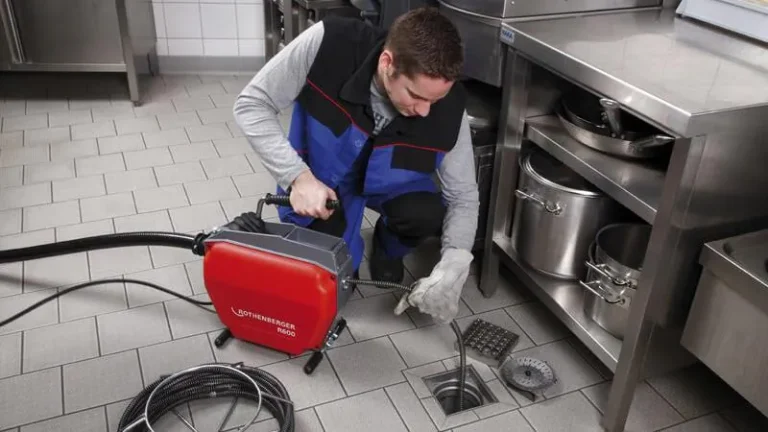
Understanding Sliding Partition Walls
What is a Sliding Partition Wall?
A sliding partition wall is a versatile architectural feature that allows the division of space within a room without the need for permanent walls. Typically mounted on a track system, these partitions can glide open or closed with ease, creating flexible space configurations. They can be used in both residential and commercial settings. Unlike traditional walls, sliding partitions enable a more dynamic use of space, making them ideal for areas that require adaptability, such as conference rooms, classrooms, and open-concept living areas.
The design often includes materials such as wood, glass, or fabric, which can enhance the aesthetic appeal of the environment while serving practical purposes. The sliding partition wall system can easily blend with existing interiors, giving homeowners and business owners the ability to reconfigure their spaces as needed.
Benefits of Sliding Partition Walls
Sliding partition walls offer a multitude of benefits that cater to various needs, making them a popular choice for space management. Here are some of the key advantages:
- Space Efficiency: By allowing the division of large areas into smaller, more functional spaces, sliding partitions optimize room usage. This adaptability is crucial in urban settings where space is often at a premium.
- Flexibility: These partitions can easily be opened or closed depending on the current requirements of the space, making them suitable for multi-purpose areas.
- Cost-Effective: Compared to traditional construction techniques, installing sliding partition walls can be more economical, particularly in renovation projects where structural modifications are limited.
- Acoustic Control: Specialized sliding partition walls can also provide sound insulation, which is particularly beneficial in environments such as offices and educational institutions.
- Aesthetic Appeal: They come in various designs and materials, allowing for customization that enhances the visual dynamics of interior spaces.
Types of Sliding Partition Walls Available
Sliding partition walls can be classified into several categories based on the materials, mechanisms, and intended usage:
- Wood Sliding Partitions: These offer a classic look, often used in residential applications, providing a warm aesthetic while also ensuring durability.
- Glass Sliding Partitions: Ideal for modern spaces, glass partitions not only allow light to flow but also create an illusion of a larger space while maintaining a level of separation.
- Fabric Sliding Partitions: Often employed in temporary setups, fabric panels can easily be changed, making them versatile for different themes or occasions.
- Operable Walls: These are advanced partition systems that can be used in larger commercial spaces. They usually come with acoustic properties and can be folded or collapsed for easy storage.
Choosing the Right Sliding Partition Wall for Your Needs
Factors to Consider When Selecting
Choosing the right sliding partition wall involves considering several factors to ensure it meets your functional and aesthetic needs:
- Space Dimensions: Measure the area where the partition will be installed. The size affects the type of partition that will function effectively in that space.
- Material Preference: Select a material that complements your existing decor and fulfills your requirements for light, privacy, or design.
- Budget: Determine how much you are willing to spend on both the walls and their installation. Custom solutions can be more expensive but may provide greater flexibility and aesthetic appeal.
- Functionality: Consider how often you will use the partition. Some designs are more suited for frequent opening and closing than others.
- Installation Space: Ensure there is adequate ceiling height and wall space for the track system required by your sliding partition.
Custom vs. Standard Options
Deciding between custom and standard sliding partition walls can significantly influence your project’s outcome. Standard options usually provide economical solutions and are readily available in various designs and sizes, making them a good choice for immediate needs.
However, custom partitions allow for tailored solutions that precisely fit your space, style preferences, and functional requirements. They can be designed to match any specific dimensions, incorporate unique features, or use tailored materials that align with your vision. Although they come at a higher cost and longer lead time, the investment often pays off by providing a distinctive style and enhanced functionality to your space.
Budgeting for Your Sliding Partition Wall
Budgeting for a sliding partition wall entails considering various costs, including materials, installation, and potential customization. Here’s a breakdown of what to anticipate:
- Material Costs: Depending on the type of partition—wood, glass, fabric—the material costs can vary significantly. Glass tend to be more expensive due to fragility and framing requirements.
- Installation Costs: Hiring professionals may incur additional labor costs, which vary by region and complexity of the installation. If you are opting for a DIY approach, consider potential costs for tools and additional materials.
- Maintenance Costs: Plan for periodic maintenance, especially for operable walls that may require technical adjustments or replacements of moving parts over time.
- Long-term Value: A well-chosen partition can add significant value to your property, both aesthetically and functionally. Factor this into your overall budget considerations.
Installation Process for Sliding Partition Walls
DIY Installation: Is it Possible?
Many homeowners consider DIY installation of sliding partition walls to save on labor costs. While it is possible, it requires careful planning and a degree of handyman skills. Here are some essential steps to follow:
- Choose the Right Design: Pick a design that suits your space and skill level. Simple, pre-fabricated models are often easier to install.
- Gather Tools and Materials: You will need tools such as a level, drill, screws, a saw (if custom cutting is required), and of course, the partition itself.
- Follow Manufacturer Instructions: Always adhere to the installation guide provided by the manufacturer to ensure proper setup and safety.
- Test the Movement: Once installed, open and close the partition to ensure it moves smoothly and aligns correctly.
While DIY installation can be rewarding, be prepared to enlist professional help if challenges arise, as improper installation can lead to costly mistakes.
Hiring Professionals: What to Expect
If you choose to hire professionals for your sliding partition wall installation, it’s essential to know what to expect during the process:
- Consultation: The installation team will generally begin with a site assessment to understand your needs, preferences, and the space configuration.
- Quotation: Expect to receive a detailed quote outlining the costs, materials, and timelines. Don’t hesitate to ask questions if any part is unclear.
- Installation: Professionals typically handle all aspects of installation efficiently, ensuring quality workmanship, which includes securing tracks, mounting the panels, and making necessary adjustments.
- Post-Installation Guidance: After installation, a professional team should offer maintenance tips and instructions on how to operate and care for your new partition effectively.
Post-Installation Adjustments and Maintenance
Even after professional installation, certain adjustments and maintenance might be necessary to ensure the sliding partition wall operates smoothly over time:
- Regular Checks: Inspect the track system periodically for dust accumulation or damage, which could impede movement.
- Lubrication: Applying a silicone-based lubricant to the track can aid in smoother operation and reduce wear on moving parts.
- Alignment Repair: If the panels become misaligned, adjustments may need to be made to the track. This can often be completed manually but might require professional intervention for more complex issues.
Design Ideas Using Sliding Partition Walls
Incorporating Sliding Partition Walls in Residential Spaces
Sliding partition walls can dramatically enhance residential spaces by providing versatility and style. Here are some creative ideas:
- Master Bedrooms: Use a sliding partition to separate a dressing area from the sleeping quarters, creating a more organized and spacious feel.
- Home Offices: In an era of remote work, a sliding wall can create a dedicated workspace that can be closed off during off-hours to maintain home aesthetics.
- Living Areas: Use a sliding glass partition to separate dining and living rooms without sacrificing natural light, maintaining an open and airy ambiance.
Sliding Partition Walls in Commercial Settings
In commercial settings, sliding partition walls are equally impactful. They can enhance functionality and appearance in various environments:
- Conference Rooms: Sliding partitions can allow for flexible meeting spaces, adapting easily to accommodate varying group sizes.
- Restaurants: Use sliding partitions to create intimate dining areas, offering privacy for couples or small gatherings.
- Retail Spaces: Stores can employ sliding walls to create changing rooms or seasonal displays, making seasonal promotions more dynamic.
Creative Ways to Enhance Your Room’s Aesthetics
Sliding partition walls can be utilized not just for functionality but also as an integral aesthetic element in your interior design.
- Artistic Displays: Consider decorative designs or prints on the panels to serve as artwork when the partition is closed.
- Lighting Integration: Incorporating backlighting into glass sliding walls can create dramatic effects during evenings.
- Textured Finishes: Using textured materials, such as reclaimed wood or embossed metal, can add visual interest and personality to your space.
Frequently Asked Questions About Sliding Partition Walls
How Durable Are Sliding Partition Walls?
The durability of sliding partition walls largely depends on the materials used. High-quality wood and glass are typically very durable, while fabric partitions may require more care. With proper maintenance, sliding partitions can serve you well for many years.
Can I Customize My Sliding Partition Wall?
Yes, one of the main attractions of sliding partition walls is their customizability. Homeowners and businesses can choose various materials, finishes, and sizes to create a wall that perfectly fits their needs and style preferences.
What Maintenance Is Required for Sliding Partition Walls?
Maintenance for sliding partition walls is generally minimal. Regular inspections to ensure smooth movement, cleaning the tracks, and occasionally lubricating moving parts can significantly extend the life of your partition. If you notice any misalignment or operational issues, it’s best to address them promptly to avoid potential complications.






